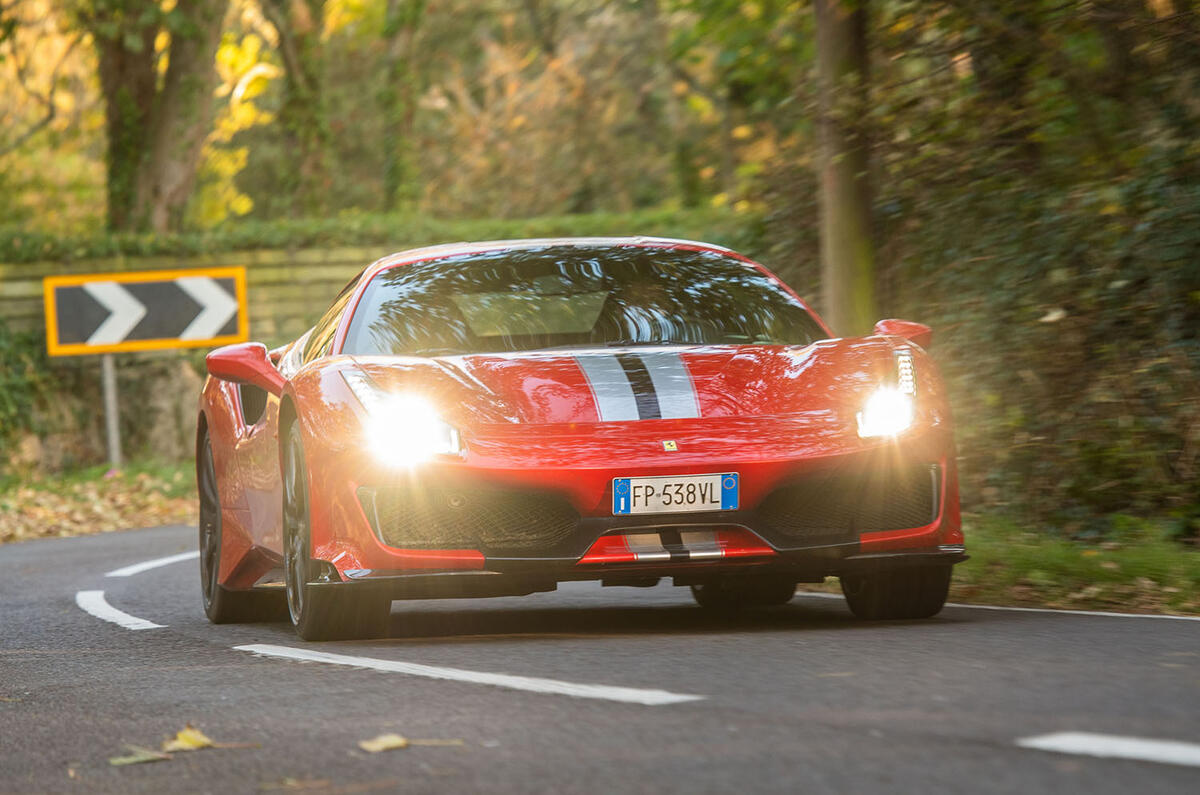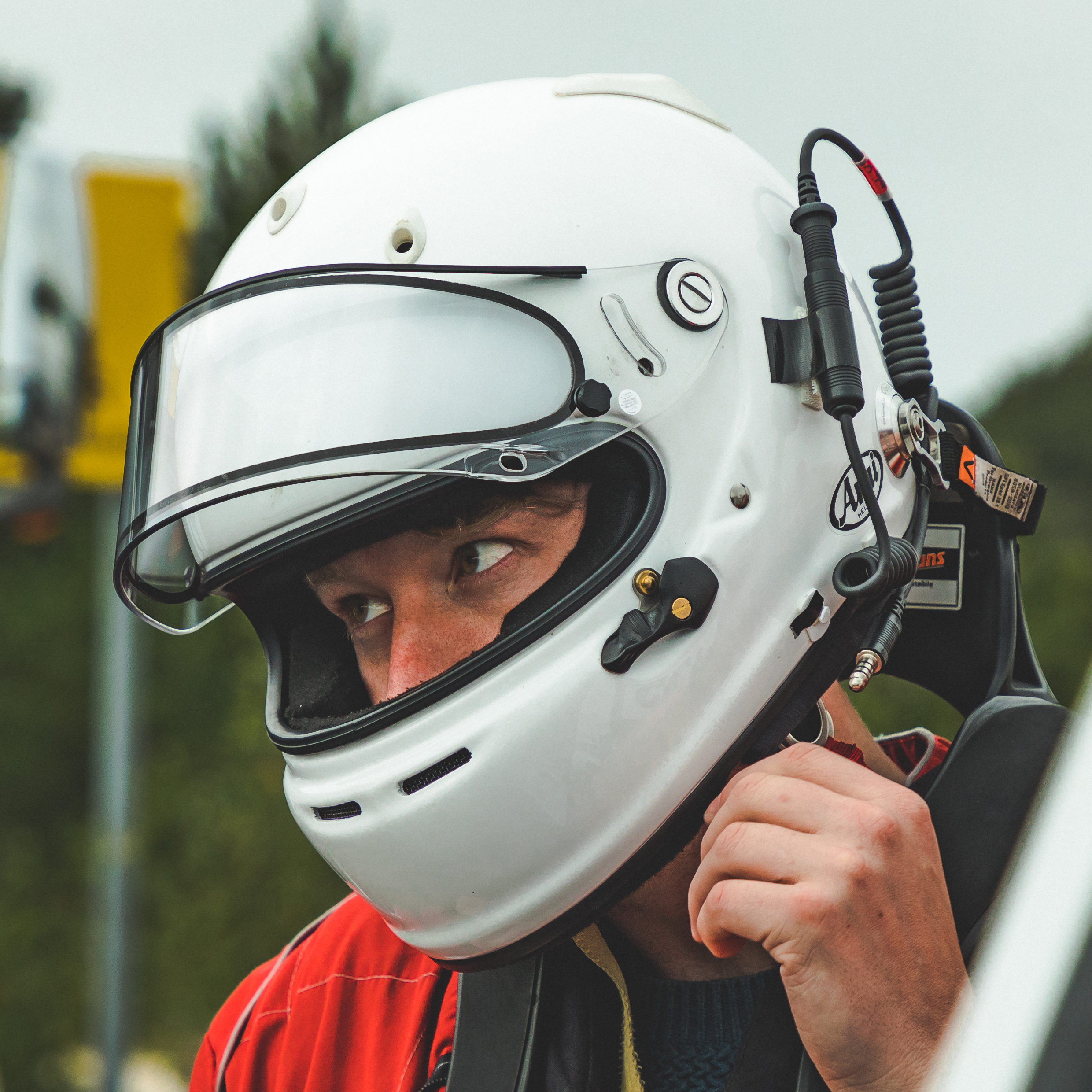What is it?
The Pista is a sensationally good mid-engined Ferrari, and one that is far more approachable than the big, scary numbers on the spec-sheet might suggest. This you’ll already know, having read Matt Prior’s dispatch from Maranello.
But now we have the £252,765, 710bhp 488 Pista on home soil for the first time. It’s an opportunity to see if a machine only a slither slower than the 950bhp LaFerrari around Fiorano really works in tightly hemmed environment better suited to the likes of the Ford Focus RS, Lotus Elise et al.
As a quick reminder, this is the successor to the 458 Speciale, 430 Scuderia and 360 Challenge Stradale. It’s a hell of a bloodline, because each of those cars has been achingly good to drive, listen to and generally be around not only when they were launched but to this day.
Like the Speciale, the Pista drives its rear wheels through a seven-speed Getrag dual-clutch gearbox and Ferrari’s latest electronic differential. Along with some savant-like brake-intervention tuning, the latter helps Ferrari’s Slip Angle Control software assist you, the driver, balance yaw angles of up to 30 degrees. At the same time, 0-124mph is claimed to take only 7.6 seconds. The point is that Ferrari wants this car to be fun as well as fast.
But it is serious, too. It’s possible to spec a Pista to be 90kg lighter than the 488 GTB on which it’s based, which is no mean feat. The rear screen is plastic not glass, there’s far less sound deadening, the exhaust manifold is made of Inconel and much of the bodywork is now carbonfibre rather than aluminium. Long story short, the car’s power-to-weight ratio about matches that of a Veyron, so perhaps Ferrari’s mastery of modern electronic systems is as much a duty of care as a ticket to the funfair.
And on the small matter of spec: we are talking about an Italian supercar here, so naturally it’s possible to go into the stratosphere with options. There are too many to list, but for a taste, on-board telemetry costs £5760, four-point harnesses £2112, the gorgeous one-piece carbon seats £7200, a roll-bar £2208, black ceramic exhaust pipes £960, and Apple CarPlay a ludicrous £2400. The icing on the cake is the £8640 two-tone racing stripe, which many will understandably have to have, however poor value it may be.



























































Join the debate
Add your comment
Ferrari needs to stop turbos
Ferrari needs to stop turbos and talk again to Pininfarina.
Good as it is on twisty roads
Good as it is on twisty roads, how much better would it be if wasn't so damned wide?
Bob Cholmondeley wrote:
Not as good, probably. That's why extremely high performance cars are wide.
I used to love Ferraris, but
It isn't just the miserable turbos and automatic boxes.
There is a coldness of spirit.
@eseaton
Couldnt agree more.....Ferrari's have become unbelievably tacky and yet sell better than ever which just goes to show how much 'new' money there is in the world today. Soooo taste and class went out of the window.
When I think of the achingly beautiful 250GTL, 330/365 GTC, 500 Superfast, 365GTB/4....the hot rods -250 SWB, 250 GTO, 275 GTB/4 & NART, 275 LM, 330LMB, P3 & P4, 512S etc. Works of automotive art for people who used them in the way Ferrari envisaged (not driving around Harrods revving the nuts off them in 1st/2nd), and now we have this crap....depressing, sad.
The only highlight , seeing tossers relieved of £8k for a pair of stripes!!